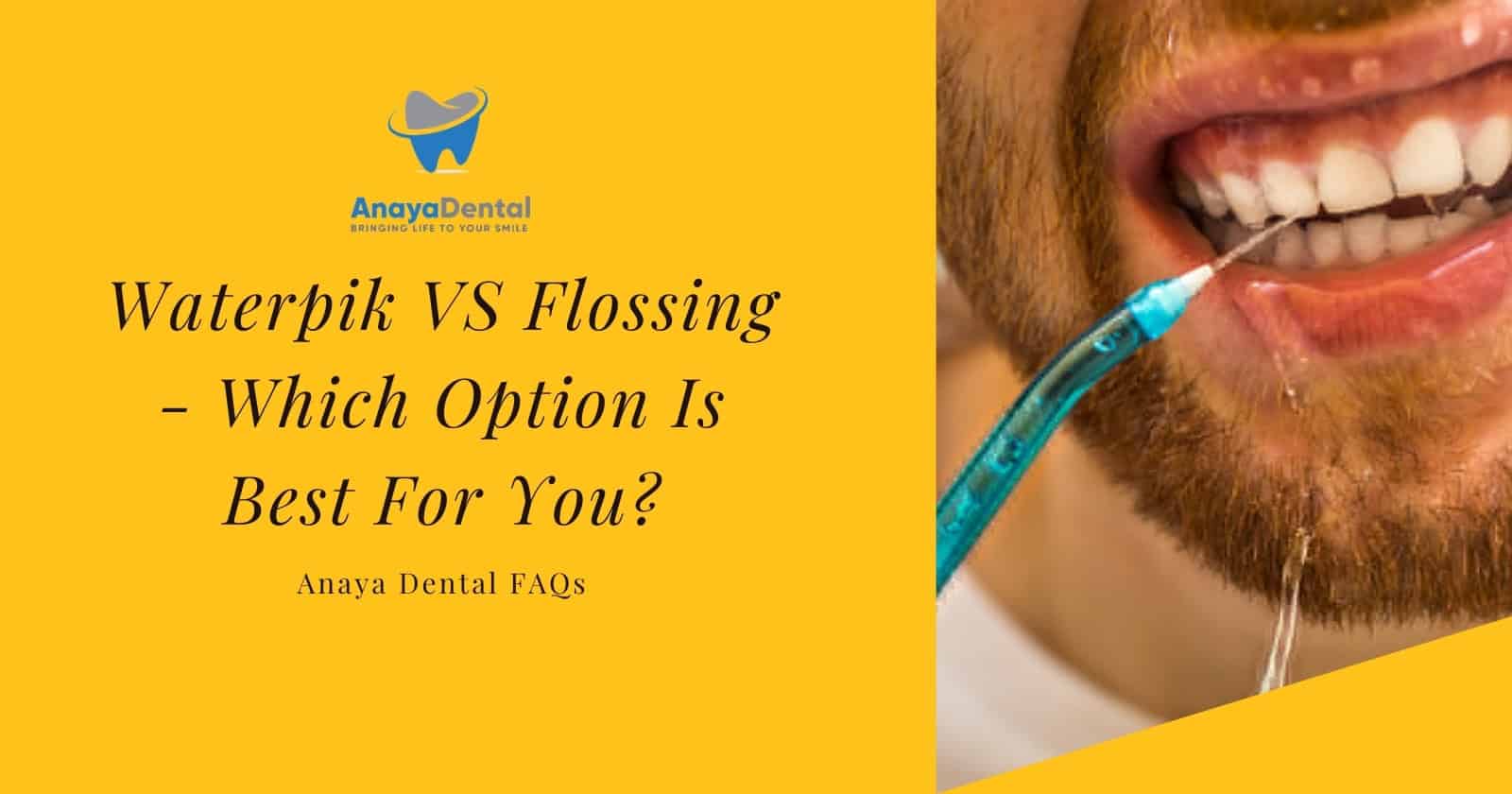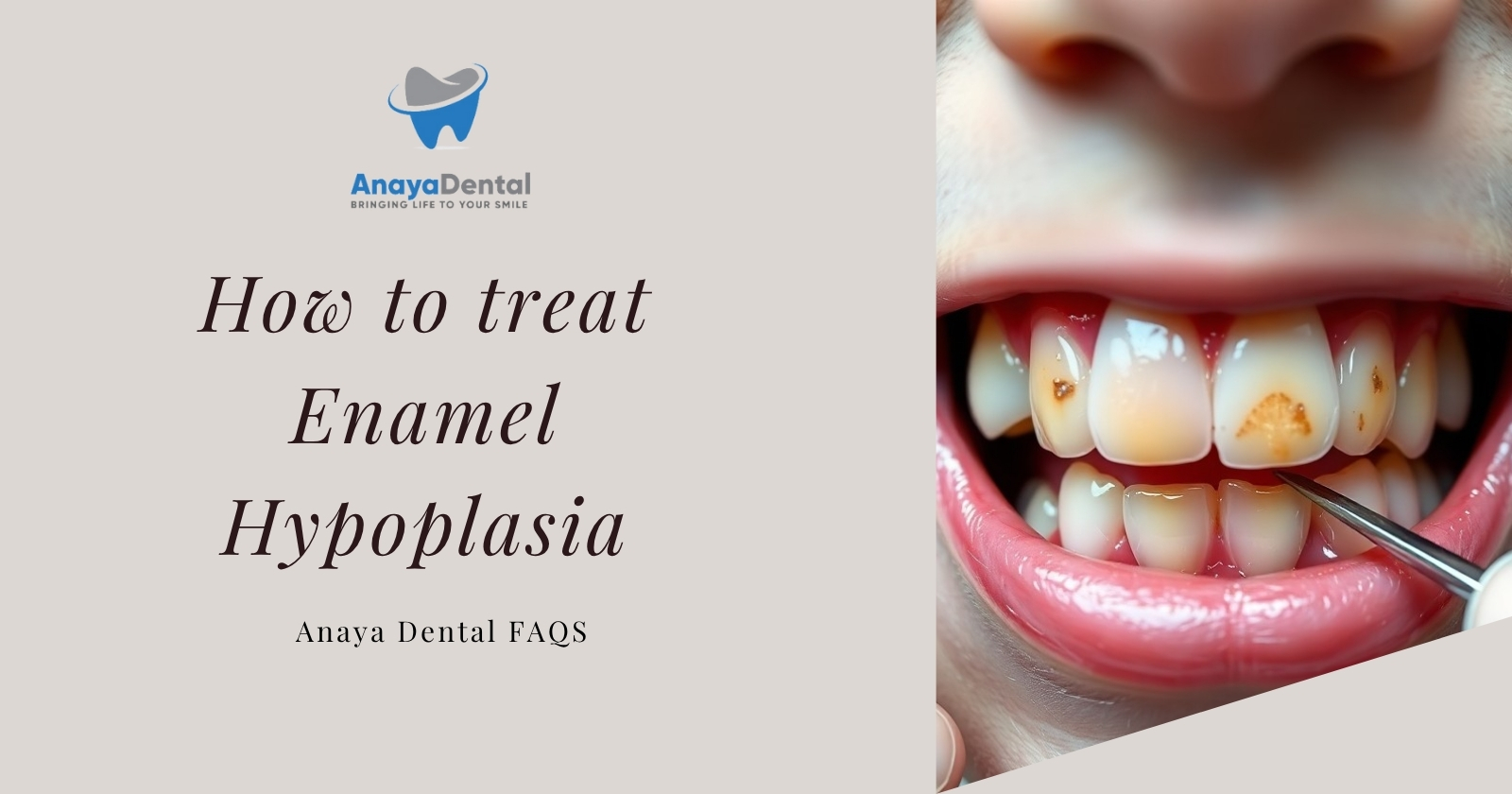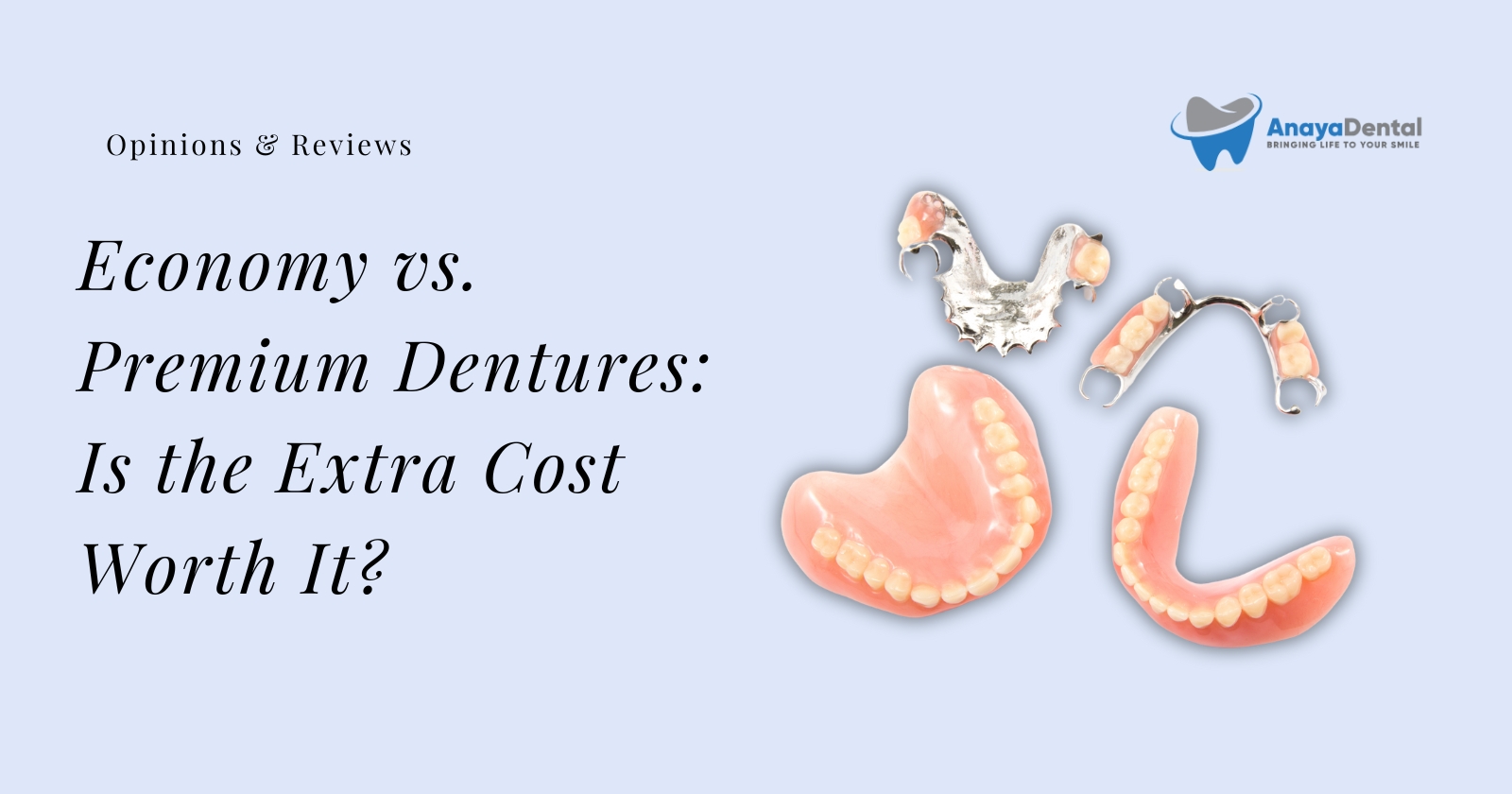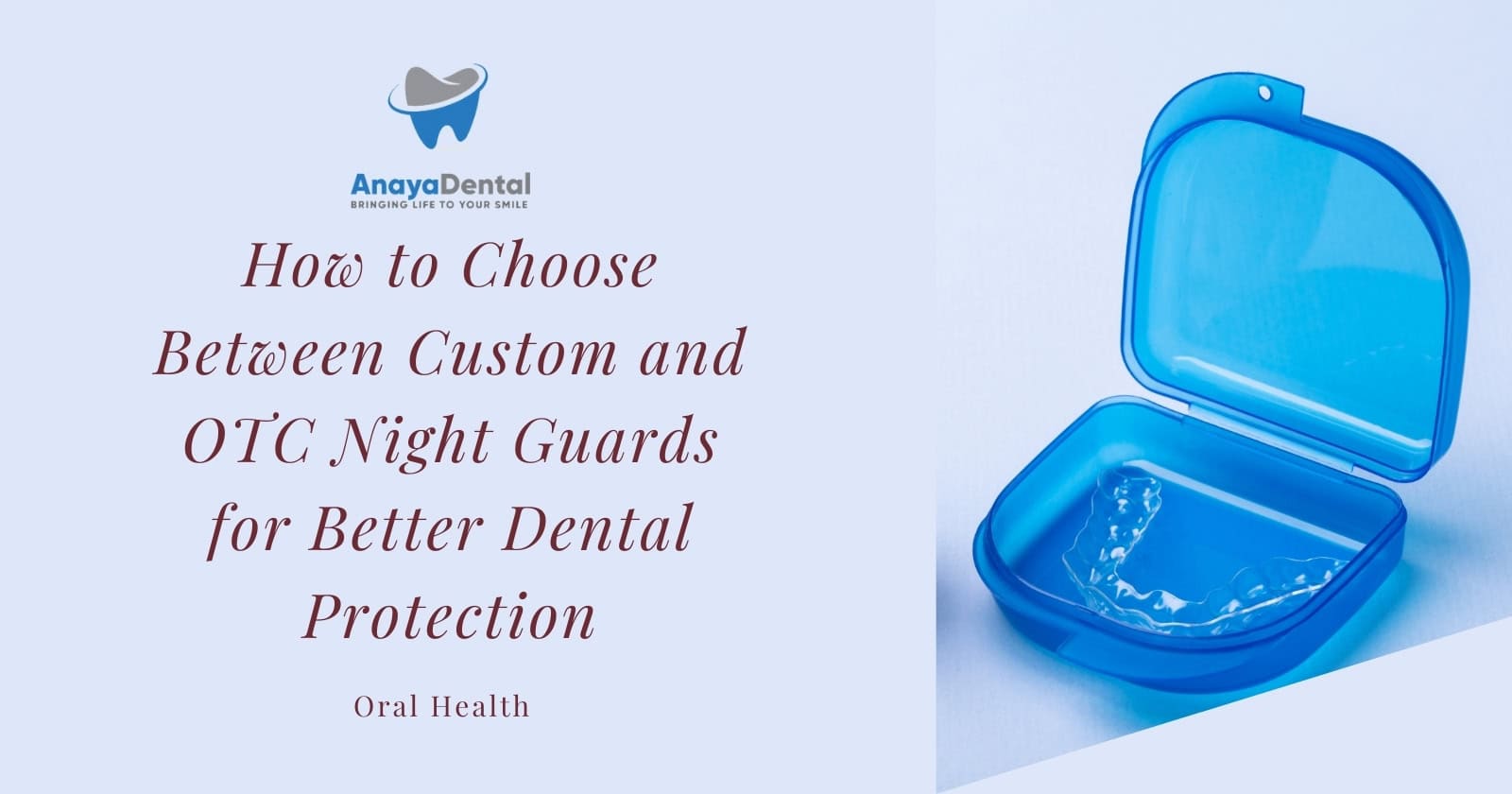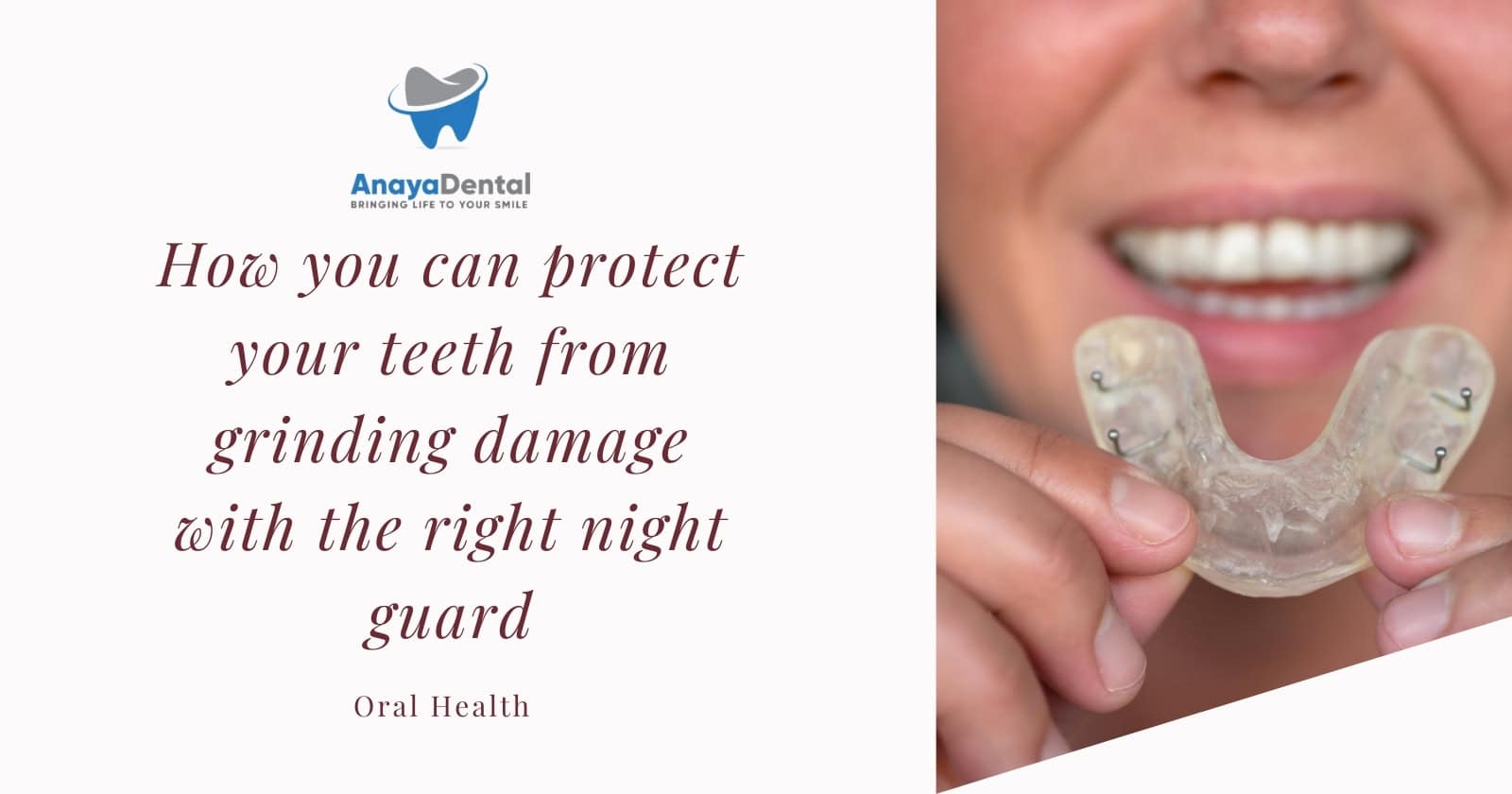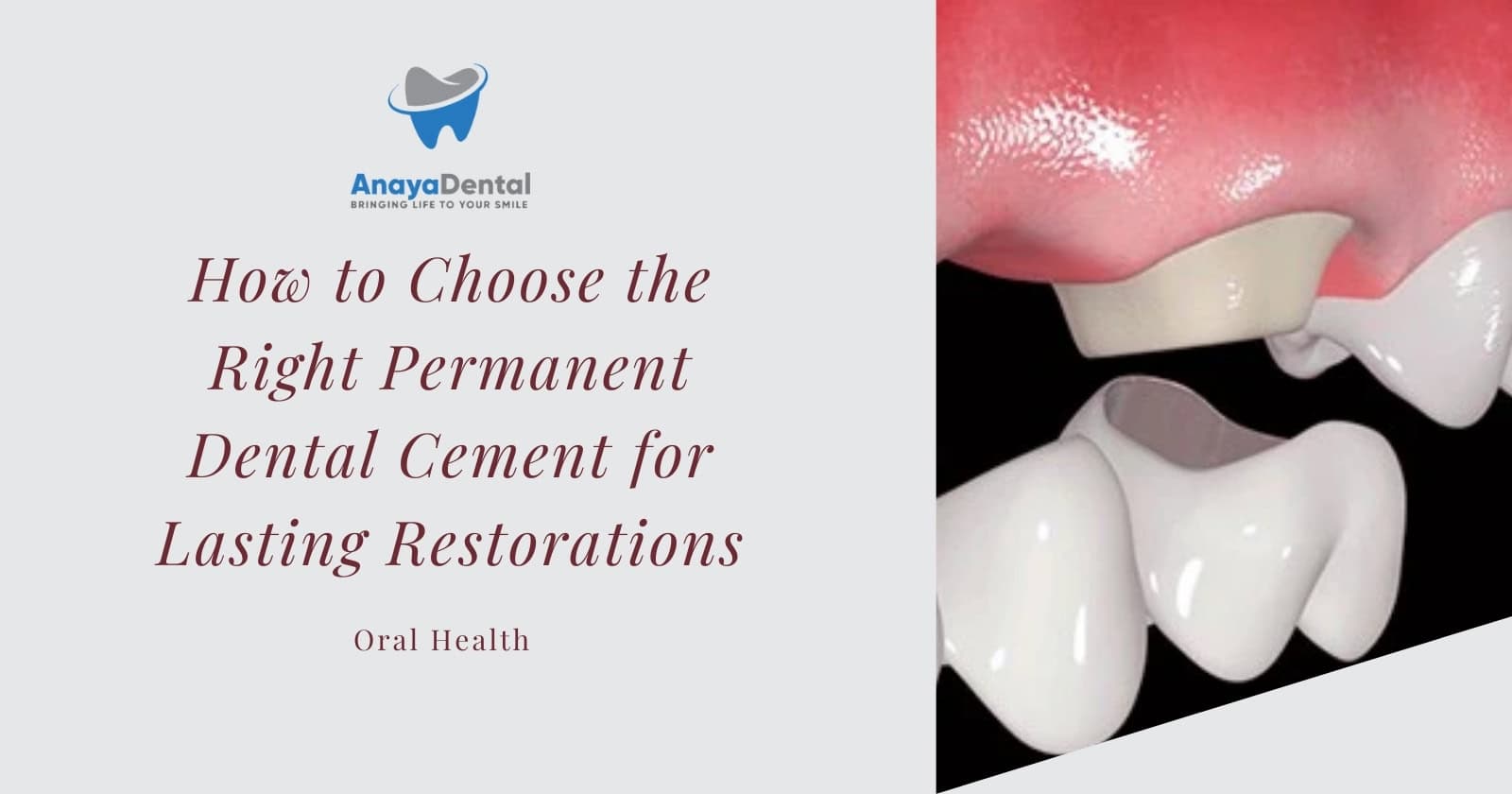Just when you think you’ve settled on the best method for maintaining your oral hygiene, the debate between Waterpik and traditional flossing arises. Both options offer unique benefits in removing plaque and reducing the risk of gum disease, but they also come with their own set of challenges. In this post, you’ll discover the advantages of using a Waterpik versus the traditional string floss, allowing you to make an informed decision about which tool best suits your daily routine and supports your dental health.
Key Takeaways:
- Waterpiks are more effective at removing food particles and plaque in hard-to-reach areas compared to traditional flossing.
- Flossing is often more portable and doesn’t require electricity or water, making it convenient for on-the-go dental care.
- Water flossers can be gentler on gums, making them a good option for individuals with sensitive gums or dental work.
- Personal preference and comfort play significant roles in choosing between Waterpik and flossing; some may prefer the feel of traditional floss.
- Both methods can complement each other for optimal oral hygiene, so combining the two may yield the best results.
Understanding Traditional Flossing

Before you choose between a Waterpik and traditional flossing, it’s important to understand how flossing works and its overall effectiveness. Flossing involves using a thin piece of string or thread to remove plaque and food particles between your teeth, places where your toothbrush may not reach. This method not only helps maintain your oral hygiene but also reduces the risk of gum disease and cavities.
How Traditional Flossing Works
Flossing involves taking a length of dental floss, wrapping it around your fingers, and gently sliding it between your teeth. You move the floss up and down against the sides of each tooth, making a “C” shape to ensure you clean below the gum line. Consistent practice allows you to effectively remove debris and plaque, thus promoting healthier gums and overall oral health.
Try Our Dental Calculators
Benefits and Limitations
Before you commit to traditional flossing, you should consider both its benefits and limitations. One of the primary benefits is that flossing is inexpensive, straightforward, and highly effective at reducing plaque buildup and preventing gum disease. However, it can be time-consuming and may require some practice to master proper technique.
Limitations of traditional flossing include the potential for ineffective cleaning if you do not use the proper technique or enough floss for each session. Many people find it challenging to maneuver floss in tight spaces, which can lead to missed areas while cleaning. Additionally, if done too aggressively, it may cause gum irritation or damage. Always consult your dentist if you’re unsure about your flossing technique or experience discomfort.
Exploring Waterpik Technology

You may have heard about Waterpik technology as an alternative to traditional flossing. This innovative device uses a stream of pulsating water to remove plaque, debris, and food particles from between your teeth and along the gum line, making it a popular choice for maintaining oral hygiene.
What Is a Waterpik
An important tool in dental care, a Waterpik is a dental water flosser that employs high-pressure water streams to clean your teeth and gums effectively. It is particularly useful for those with braces, implants, or other dental work where traditional floss may be less effective.
How Water Flossing Functions
Water flossing involves a stream of pulsating water that penetrates between teeth and along the gum line to dislodge plaque and food particles. This method helps improve gum health and reduces the risk of gum disease.
And as the water pressure can be adjusted, you can customize your experience based on comfort and effectiveness. The process is quick and easy, allowing you to complete your dental routine in minutes. However, be cautious with the pressure settings to ensure you do not irritate your gums. Regular use may lead to improved gum health and a significant reduction in the buildup of plaque compared to traditional flossing alone.
Comparative Analysis
After evaluating both Waterpik and traditional flossing, it’s crucial to consider their benefits and drawbacks. The following table provides a side-by-side comparison to help you make an informed choice:
| Waterpik | Flossing |
|---|---|
| Effective in reaching difficult areas | Proven method for plaque removal |
| Requires electricity or batteries | Portable and no power needed |
| Can be more expensive | Cost-effective solution |
| Easy for individuals with braces | Technique may require practice |
Effectiveness in Plaque Removal
The Waterpik is highly effective at flushing out food particles and bacteria from between teeth and along the gum line, often reaching areas that traditional flossing may miss. However, research has shown that traditional floss maintains its status as a gold standard for plaque removal, particularly in tight spaces between teeth.
Ease of Use and Convenience
To assess the ease of use, many find the Waterpik more convenient, especially if you struggle with manual dexterity. Its water stream can quickly wash away debris, making the process less time-consuming.
Also, using a Waterpik can be less physically demanding than traditional flossing, particularly for those with limited mobility or older populations. The Waterpik allows you to clean your teeth efficiently without the significant technique required for effective flossing. However, it’s important to note that a Waterpik requires access to power, and maintenance, while flossing is straightforward and portable. Assessing these factors is key to making a decision that suits your lifestyle and ensures your oral health.
Cost Considerations
Keep in mind that the method you choose for oral hygiene can have varying costs associated with it. While traditional flossing typically requires a low upfront cost for dental floss, investing in a Waterpik may present a higher initial price tag. Understanding these cost factors can aid you in making an informed decision.
Initial Investment
Initial investments differ significantly between flossing and a Waterpik. Traditional dental floss can be purchased for a few dollars, making it a budget-friendly option. In contrast, a Waterpik typically costs between $50 to $100, depending on the model and features. This higher upfront cost reflects the advanced technology and convenience offered by the Waterpik.
Long-term Expenses
The long-term expenses of your choice should also be considered. With flossing, you’ll consistently purchase refill rolls of dental floss, which adds to your overall oral care expenses. A Waterpik, while more expensive initially, may only require occasional replacement parts like tips, which are relatively low-cost. Over time, you may find that the investment in a Waterpik could save you money on dental visits by promoting better oral health and potentially reducing the need for professional cleanings.
Investment in a Waterpik not only enhances your daily dental routine but can also lead to long-term savings on dental care. Flossing’s continuous expense may accumulate over time while using a Waterpik could provide better value with proper maintenance and occasional tip replacements. Assess your usage habits to determine which option aligns best with your budget and oral health goals, ultimately helping you make the smart choice for your dental care needs.
Special Dental Situations
To determine the best oral care approach for special dental situations, understanding your unique needs is imperative. Waterpiks and traditional flossing can each serve specific purposes based on individual circumstances, such as braces, sensitive gums, or periodontal issues. By addressing these considerations, you can make an informed choice that promotes optimal oral health.
Braces and Dental Work
On having braces or undergoing dental work, using a Waterpik can be especially effective. Traditional flossing may be challenging due to brackets and wires, making it hard to clean between teeth. A Waterpik helps you remove food particles and plaque, promoting better oral hygiene, and ensuring your smile stays healthy during orthodontic treatment.
Sensitive Gums and Periodontal Issues
Among those with sensitive gums and periodontal issues, choosing the right cleaning method is vital. You may experience discomfort with traditional flossing, which can irritate your gums. A Waterpik offers a gentle alternative, effectively flushing away plaque without causing pain.
Sensitive gums need careful management to avoid further complications with your dental health. A Waterpik can provide relief as it uses a pulsating stream of water that is less likely to aggravate your tender gums. For those dealing with periodontal issues, consistent use of a Waterpik can help reduce bleeding and inflammation, contributing positively to your overall gum health. Always consult your dentist for personalized recommendations based on your specific dental situation.
Making the Right Choice
All factors should be considered when deciding between a Waterpik and traditional flossing. Each option offers unique benefits that cater to different lifestyles and preferences, ultimately aiding in your oral health journey. Recognizing what fits best for you will lead to better consistency in your routine.
Lifestyle Factors
Factors influencing your choice may include:
- Your daily routine
- The size of your mouth and teeth alignment
- Personal preference for technology versus manual methods
- Any existing dental issues that may require special attention
- Your budget for dental hygiene products
Knowing these elements can help maximize your oral care strategy.
Dental Professional Recommendations
Dental experts often suggest a combination of both approaches for optimal results. They emphasize that while a Waterpik can effectively remove food particles and bacteria, traditional flossing is irreplaceable for removing plaque from between tight spaces of your teeth. The American Dental Association recommends using a Waterpik for those with braces or other dental appliances, owing to its ability to clean around hard-to-reach areas. Regular consultations with your dentist can help you tailor the best oral hygiene routine for your specific needs, ensuring long-term oral health.
To wrap up
Now that you understand the differences between Waterpik and traditional flossing, it’s vital to consider your own oral health needs. If you prioritize convenience and enjoy a gentle yet effective cleaning method, a Waterpik may be the right choice for you. However, if you prefer a more hands-on approach that allows for precise plaque removal, traditional flossing is still an excellent option. Ultimately, combining both methods could provide the best results for your oral hygiene, so choose what fits best into your routine and supports your dental health goals.
FAQ
Q: What are the main differences between using a Waterpik and traditional flossing?
A: The primary difference lies in the method of cleaning between teeth and along the gum line. A Waterpik uses a stream of pulsating water to remove food particles and plaque, while traditional flossing involves manually sliding a thin piece of dental floss between teeth to dislodge debris. Waterpiks can cover larger areas more quickly, whereas flossing may be seen as more thorough for individual tooth cleaning.
Q: Can a Waterpik completely replace traditional flossing?
A: While a Waterpik is effective for removing food particles and reducing gum disease, it is generally recommended to use it as a supplement rather than a complete replacement for traditional flossing. Flossing efficiently removes plaque from areas that a Waterpik may not be able to reach, such as the tight spaces between teeth. Dental professionals often advise using both methods for optimal oral hygiene.
Q: Are there specific dental conditions where one option is better than the other?
A: Yes, certain dental conditions may warrant using one method over the other. Individuals with braces or dental work may find a Waterpik easier and more effective for cleaning around brackets and wires. Meanwhile, those with healthy gums may benefit more from traditional flossing, as it can assist in maintaining tight contacts between teeth. Consulting a dentist can provide personalized recommendations based on individual circumstances.
Q: How do I choose between Waterpik and flossing if I have sensitive gums?
A: For those with sensitive gums, a Waterpik may offer a gentler alternative. The pulsating water can help reduce inflammation and provide a soothing effect. Traditional flossing, on the other hand, can sometimes cause discomfort if too much pressure is applied or if the technique is incorrect. It’s best to assess personal comfort levels and consult with a dental professional for tailored advice on the most suitable option.
Q: What factors should I consider when deciding which option is best for my oral hygiene routine?
A: Several factors should be considered when deciding between a Waterpik and traditional flossing, including personal preference, ease of use, and specific dental needs. Consider your lifestyle—if you prefer quick cleaning, a Waterpik might be ideal. If you’re comfortable with manual techniques and want a traditional approach, flossing might suit you better. Additionally, consult your dentist for advice based on your oral health status and preferences.
